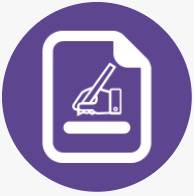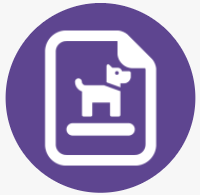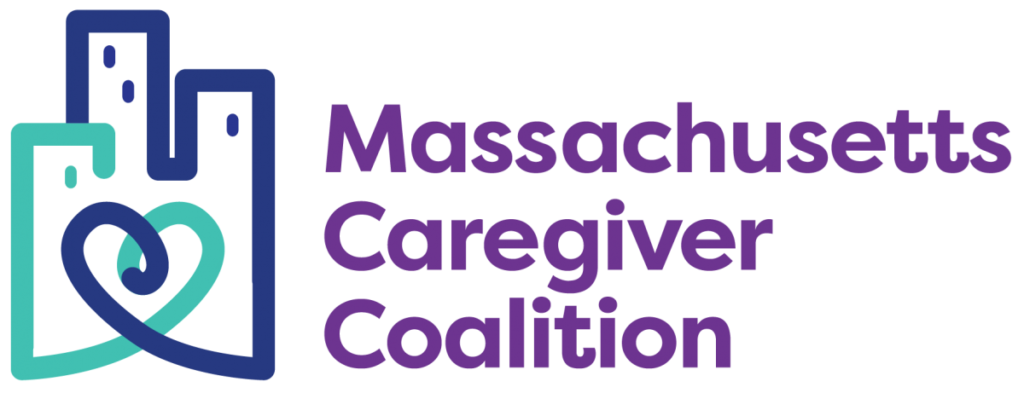
More and more families today are taking on the responsibility of providing in-home healthcare for their aging parents. Thankfully, technology is now at a place where it can be used to help ease the burdens placed on families.
Soaring Healthcare Costs
We all know that providing seniors with home care and hospice is a cost-effective way to provide excellent care. Best of all, it’s the solution most seniors and their family members prefer. But, with insurance costs rising and Medicare costs soaring, seniors and their families will be required to shoulder more of the financial burdens themselves. The private duty market has flourished over recent years and will continue to grow as the population ages and life expectancy increases.
Technology to the Rescue
As a way to reduce costs, healthcare providers are relying more heavily on families to provide care for their elderly loved ones. The only way we can ask families to do more is to provide them with better solutions.
From internet and mobile applications that communicate and share caregiving responsibilities to finding, storing and sharing information, technology is providing real solutions to families struggling with shouldering the increased burden of providing care.
Family members can virtually visit their parents to check in and see how mom’s doing. Alerts can be sent to any or all members of the family if dad falls or has a medical emergency.
Thanks to telehealth applications, healthcare professionals and families can check everything from grandma’s heart rate, weight, and blood pressure or if she forgot to take her medications – all without having to leave her home. Technology is efficiently and cost-effectively taking healthcare out of hospitals and doctors’ offices and bringing it into the home.
Aging Population
A while back, the Harvard Business School Alumni Association of New England brought together CEO’s from leading healthcare companies and systems to discuss strategies for navigating up-coming healthcare challenges. Much of the increase in anticipated healthcare demands came from our rapidly aging senior population. Their resounding solution was to “cut costs, cut costs, cut costs.”
What this means for seniors is greater “reliance on families to take a more active part in the healthcare continuum.” From coordinating care between family members, doctors, home care and private duty workers and community service providers, to managing legal and financial matters as well the tasks of daily living, families should expect to shoulder an even more significant burden of responsibility.
Family Caregivers
According to the National Alliance for Caregiving and the AARP, in 2015 almost 44 million family members were acting as caregivers in the United States: providing care to an adult relative with limitations in daily activities. That number continues to increase dramatically as our population ages.
According to the AARP, the estimated economic value of these unpaid contributions was approximately $450 billion in 2009, up from about $375 billion in 2007. With demographics and increasing costs pushing these numbers up, never before has coordinating care across the family been so critical.
However, this caregiving equation isn’t adding up. Providing care is more difficult than ever before due to changing family dynamics and greater care responsibilities placed on family members.
Today, families are often geographically dispersed across the country or around the world with many facing the even more difficult task of long-distance caregiving. Add in that the majority of caregivers are working full time, the caregiving gets a little bit harder.
Costs to Employers
A 2010 study by MetLife estimated that employees providing care for their elderly loved ones is already costing US businesses more than $13 billion per year. Like it or not, when family members are asked to do more, they will miss more work and add an even more significant burden on employers.
Family Out-of-Pocket Costs
Families’ out-of-pocket costs for caregiving are already staggering and growing. Many caregivers to persons age 50+ are spending more than 10 percent of their annual income on caregiving expenses, and long-distance caregivers spend even more. Factor in lost wages from missed work, inflation, decreased reimbursements, and a general lack of savings across the US, the costs are overwhelming.
Technology and Caregiving
While mom and dad might not be tech-savvy, most providing their care are. And, while it is hard to predict what ailments may strike your loved ones, the good news is that through technology you can now connect to resources and others who have already lived what you are about to face. Caregiving applications and participation will be vital to managing the care responsibility that will fall to so many.
We are still growing in the everyday caregiving technology arena, but we must act fast as the burdens are a reality today. Increasing family responsibilities is the least expensive way to address soaring healthcare costs, but technology and society have to go a long way to making it easier for families to provide the needed help. Increased family involvement plus better technology will equal better lives for all.
For more information, contact us at Gentreo.com. We can help you create a simple and affordable health and estate plan, and a safe place to store it.
Gentreo is not a law firm, or a substitute for a law firm, or attorney, or an attorney’s advice or recommendations.
Don’t wait until it’s too late; start your estate planning journey with Gentreo today. By doing so, you’ll not only protect your loved ones but also gain the peace of mind that comes with knowing your legacy is secure. Click here to join now. https://www.gentreo.com/
This article is for informational purposes only and should not be considered legal advice. Consult with a qualified attorney or estate planning professional for personalized guidance.













